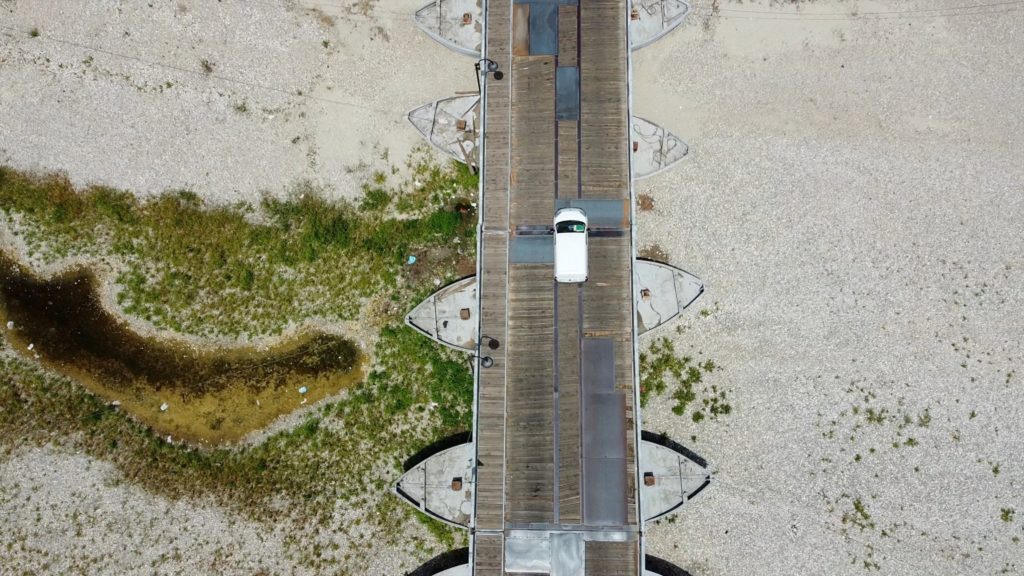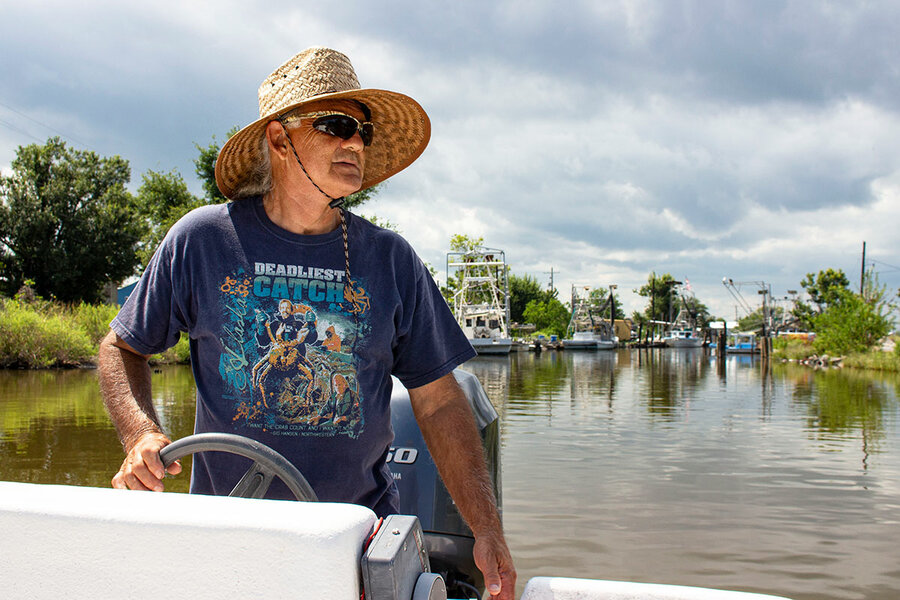Original publication by Sarah Wild for ec.europa.eu on 18 August 2022

© DELBO ANDREA, Shutterstock
Even while drought is bringing many of Europe’s rivers to record lows and damaging biodiversity, the threat of catastrophic flooding following a dry spell lurks in the background.
Some of Europe’s most famous rivers such as the Rhine, Danube and Po, have been making headline news thanks to summer droughts. With water levels plummeting to record lows and the rivers drying out, many kinds of economic activities from shipping to farming have been disrupted.
But one little river in Europe that has avoided the media spotlight may offer valuable lessons about the worsening effects of global warming. It is the Albarine, located in south-eastern France and it is the focus of an EU-backed research project about the effects of drought on river ecosystems.
Worldwide, rivers are under stress from climate change. The research will help conservationists to understand the ways drought leads to the loss of biodiversity and respond appropriately.
Rising near the sleepy French town of Brénod near the Jura mountains, the Albarine flows almost 60 kilometres before its crystal-clear waters join the larger Ain River northeast of Lyon. However, there are a number of points during its course at which the Albarine river runs dry. This is something likely to happen to more waterways as global warming intensifies.
Extreme event
‘Drying is an event and drought is an extreme event,’ said Romain Sarremejane, a freshwater ecologist and Marie Skłodowska-Curie Actions (MSCA) post-doctoral research fellow at the French National Institute for Agriculture, Food, and Environment (INRAE).
‘You need to understand drying to understand drought. The issue might be in the future that, if you have big droughts, you will lose all the refuges where species might survive during a drying event.’
Sarremejane is part of the MetaDryNet research project, which is assessing how drying affects organisms in the Albarine and their ability to consume carbon-rich organic matter. At its lush headwaters near Brénod, many leaves fall into the Albarine – and this leaf litter provides food and nutrients along the river’s length.
Drying is an event and drought is an extreme event.
Romain Sarremejane, MetaDryNet
Drying everywhere
Insects and other creatures nibble at them, and ‘little by little they decompose as you go downstream and then it’s very small particles that end up in the sea,’ Sarremejane said. ‘But when there is drying everywhere in the network, you have these leaves that accumulate in the dry riverbed and are not processed.’
This leaf build-up could result in creatures downstream going hungry and the river processing less carbon.
Sarremejane and his colleagues set out to investigate what happens in the Albarine’s dry patches. They sampled 20 sites, each about 100 metres long, to see how much organic matter passed through, how quickly it decomposed, how much carbon and methane each site emitted, and the diversity of invertebrates, bacteria and fungi present.
Half the sites were in areas where the river sometimes runs dry and the rest were in places where the river flows all year long.
As more places are dry for longer, this could also compromise the ability of creatures to move between parts of the river –– which could ultimately lead to a decrease in biodiversity as well as extinction.
About 60% of rivers worldwide are intermittent –– which means that they are dry for at least one day a year –– and that share is set to rise, according to Sarremejane. Many such waterways usually flow for six to eight months of the year and then dry during the summer.
Intermittency
‘This intermittency is becoming more and more common, and extending in time and space,’ he said.

© Chabe01, CC BY-SA 4.0, via Wikimedia Commons
If a river’s dry patches increase and expand for longer periods of time, these oases in the river where life weathers the drying may disappear too. ‘There is a big tipping point at which you might lose a lot of diversity,’ he said.
His future research will focus on how extreme weather events affect communities of creatures and their diversity in Europe’s rivers, and whether it is possible to quantify these tipping points.
Heavy rain
For all the difficulties triggered by droughts, rain itself poses challenges. When drought-hit areas eventually get rain, it tends to be heavier and harder to absorb, leading to floods which is one of the most catastrophic effects of climate change in European cities.
Benjamin Renard, principal investigator on the Hydrologic Extremes at the Global Scale (HEGS) project, is trying to understand what more precipitation means for river systems and whether it leads to more flooding.
River floods are among the most damaging extreme climate events in Europe, according to the European Environment Agency (EEA). If carbon emissions continue to increase, climate change could triple the direct damages from river floods.
In cities, more rain leads to flooding in the streets, but with rivers it’s not so simple.
‘You have river catchments, which act as a strong filter, so many things could happen,’ Renard said. ‘Flooding is not a direct translation of what’s happening in terms of precipitation.’
We confirmed that precipitation was getting heavier worldwide.
Benjamin Renard, HEGS
He and his collaborators created a statistical framework to assess the probability of rivers in an area flooding. Using data from about 2 000 rain-gauge and hydrometric stations, which measure river flow, their framework can determine the likelihood of a flood in a given region. The data, taken from stations around the world, spans the last hundred years.
‘The data sets we use for both precipitation and floods are from every single continent except Antarctica,’ he said.
The framework links climate variables – such as temperature, atmospheric pressure and wind speed – to the probability of extreme weather events including heavy rainfall or flooding.
Heavier precipitation
‘We confirmed, indeed, that precipitation was getting heavier worldwide, but for floods the signal is much more complicated,’ Renard said. ‘You have some geographic areas where you don’t see much change, some areas where you see increasing floods, and some where you see decreasing floods.’
Renard plans to use the framework for seasonal forecasting or even for different extreme weather events.
‘There is nothing in the framework that is specific to flooding,’ he said. Researchers could configure the framework to other events such as heat waves, droughts and wildfires.
In any case, deploying it for seasonal forecasting would form part of a useful early-warning system. This would allow people to prepare, for example, for nearby river floods and help prevent the loss of life and destruction of property.
The research in this article was funded by the EU. If you liked this article, please consider sharing it on social media.




